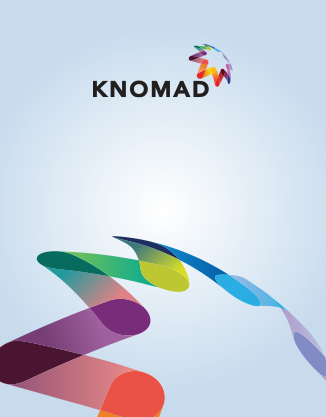
Workshop on Measuring Remittances Sent to and from Refugees and IDPs
This note summarizes the results of the Workshop on Measuring Remittances Sent to and from Refugees and Internally Displaced Persons (IDPs) held in Washington, DC, February 12, 2016. The workshop was organized by the Thematic Working Group on Forced Migration of the World Bank’s Global Knowledge Partnership on Migration and Development (KNOMAD).
Over 65 million persons were forcibly displaced worldwide due to conflict and persecution at the end of 2015 - the highest number since World War II. Many of them remain displaced for a long period of time. Personal transfers sent to refugees and IDPs can contribute to livelihoods in protracted situations and increase self-reliance. Existing evidence suggests that they can be an important source of income, sent from the diaspora in third countries or from families and friends left behind. They can also play an important role in helping set up economic activities in protracted situations. At the same time, refugees and IDPs also send remittances, to refugees and IDPs in other places or to family and friends back home during times of conflict and peace. As their main reason for moving was not economic, their remittance behavior and the challenges they face might differ from economic migrants and might change over time. Policy frameworks can limit or promote refugee and IDP access to remittances.
However, there is a lack of knowledge on remittances send to and from refugees and IDPs. Research has mainly explored remittances in the context of economic migration. The current evidence is focused on refugees and concentrated around a few case studies. There is also a scarcity of quantitative research. A better understanding of remittances in forced displacement situations can help policy makers maximize their positive impacts and minimize the risks.
The workshop’s objective was to bring together leading researchers and practitioners in this field to define key research gaps from a policy perspective, identify solutions for methodological challenges and develop ideas how to improve the evidence base.
More specifically, in four sessions the following questions were discussed:
1) What are key questions on remittances and forced displacement from a humanitarian and development policy perspective? What do we know and what do we not know based on existing research?
2) What can we learn from migration research?
3) What are specific methodological challenges when measuring remittances sent to and from refugees and IDPs and factors that influence them? Which methods are successful in which settings?
4) How can we improve the quantity and quality of the evidence base?

